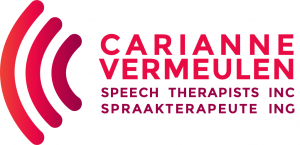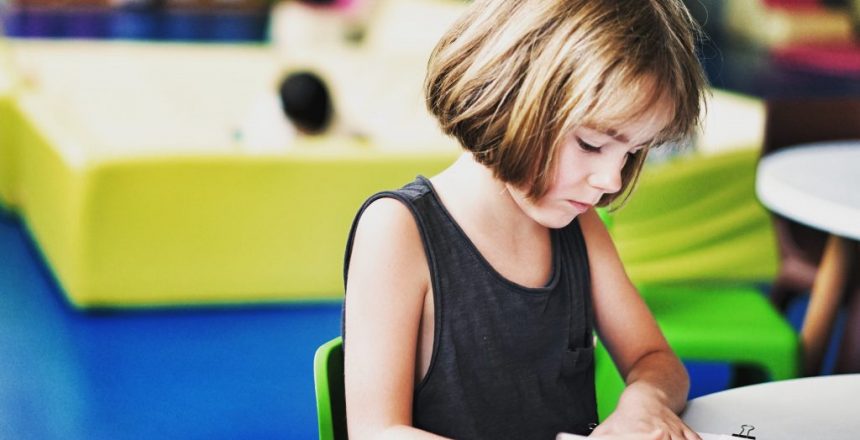What speech and language development can you expect to see at this age?
- Your child recognizes letters and begins to match letters and their sounds
- Recognizes some words by sight
- Identifies and writes uppercase and lowercase letters
- Begins to write letters and some words often heard
- Prints own first and last name
- Begins to write short stories with some readable parts with assistance
- Understands opposite concepts (e.g. big/little, over/under)
- Understands left/right
- Speech is 90-100% intelligible
- Uses more than 2200 words
- Asks for the meaning of words
- Announces topic shifts
- Can explain how things are similar and different
- Can repeat sentences up to nine words in length
- Engages in cooperative play, such as making group decisions, assigning roles, and playing fairly
Activities to help stimulate your 5+ year old child’s speech and language development
Go shopping. Pretend you and your child are going shopping. Make a verbal shopping list (e.g. “I am going to the shop to buy milk”). Let your child repeat your sentence, adding one more item to the list (e.g. “I am going to the shop to buy milk and bread”). Take turns to add even more items and see how many you can remember.
Weather wise. Talk to your child about nature and the weather. Uses words such as “ice-cold”, “very hot”, “windy” and “rainy”.
Spot the difference. Show two related pictures to your child (e.g. pictures of dogs that are different.) Let your child explain how the pictures are the same (e.g. They are both dogs, animals, have four legs, have tails, etc.) and how they are different (e.g. They are not the same size, they have different colours, they are different breeds, etc.).
True or false. Explain the concept of the game and make a few simple statements about things your child is familiar with. (e.g. “Cats can swim.” or “You can eat apples.”). Your child must then tell you if it is true or false/untrue.
Make your child aware of sounds in words. Let your child listen to a series of sounds and teach your child to put them together to form a word (e.g. “Guess what word I’m saying now: c-a-t”). Start with 3-letter words. Once your child understands the concept, you can increase the number of letters in the word to four (e.g. h-o-r-se)

